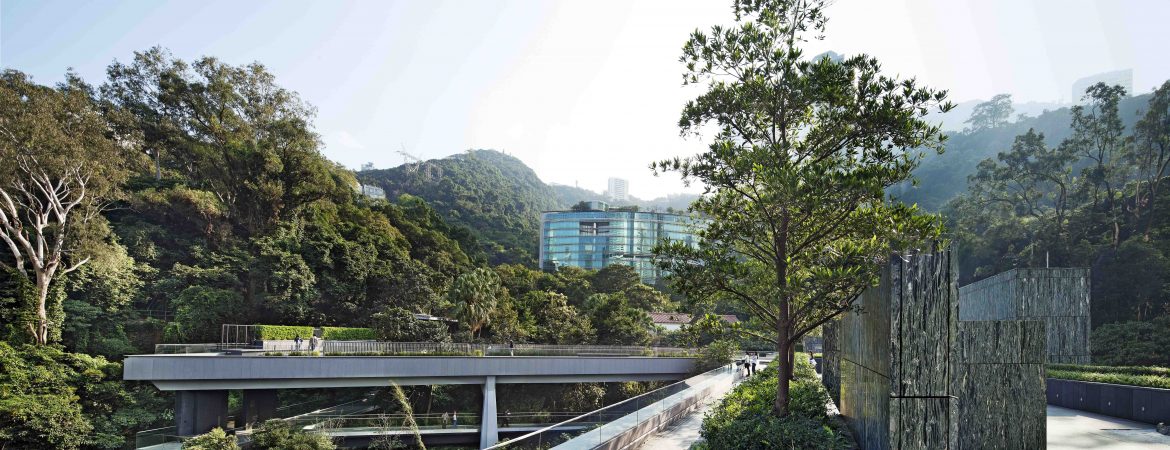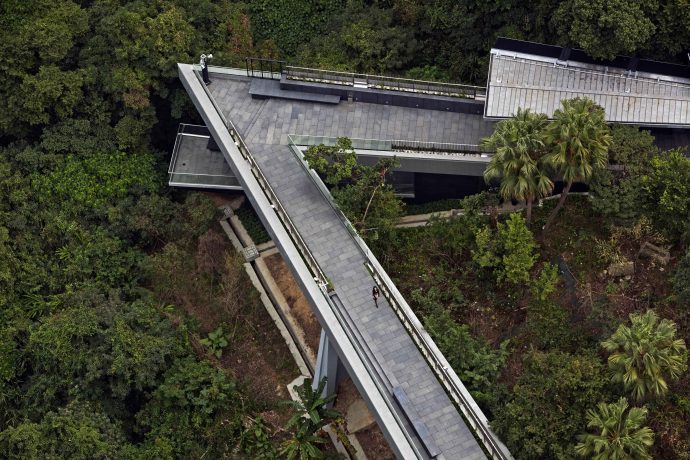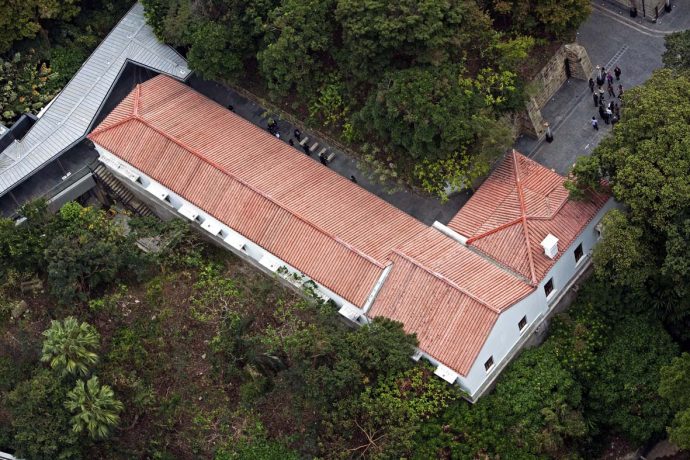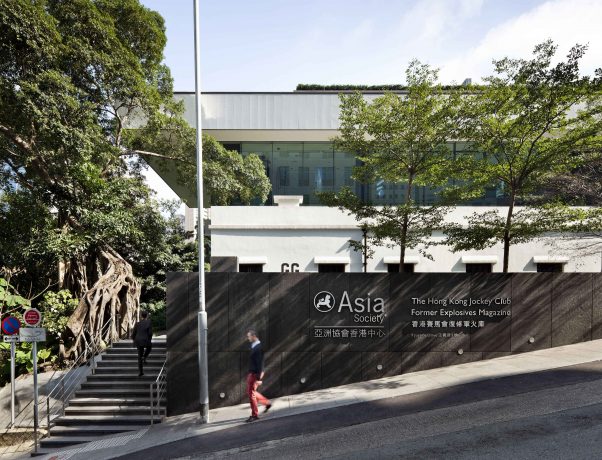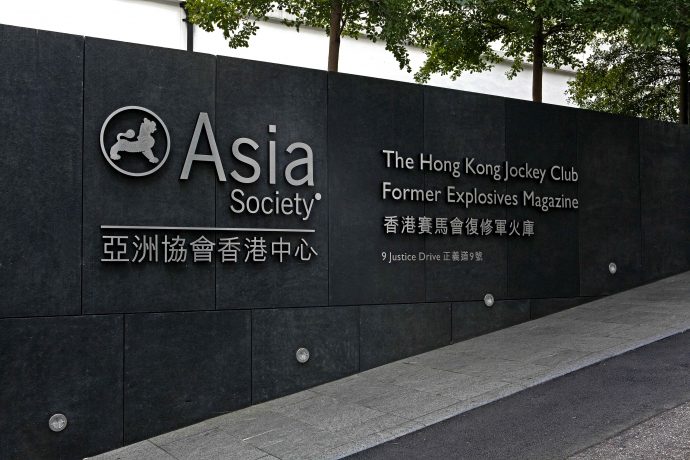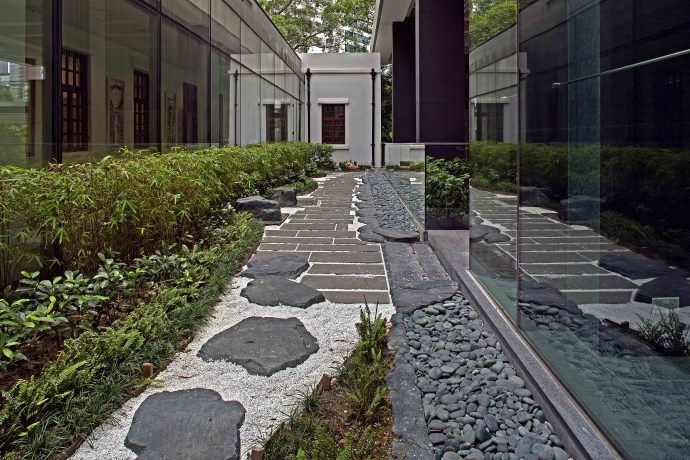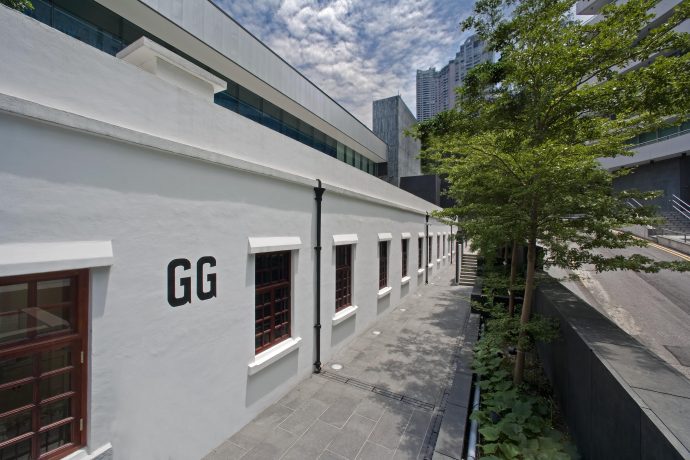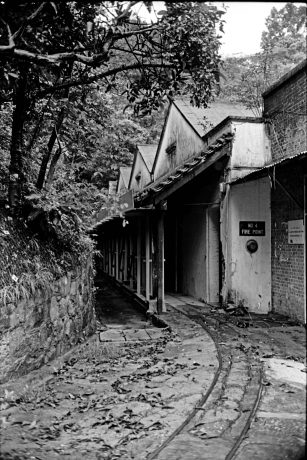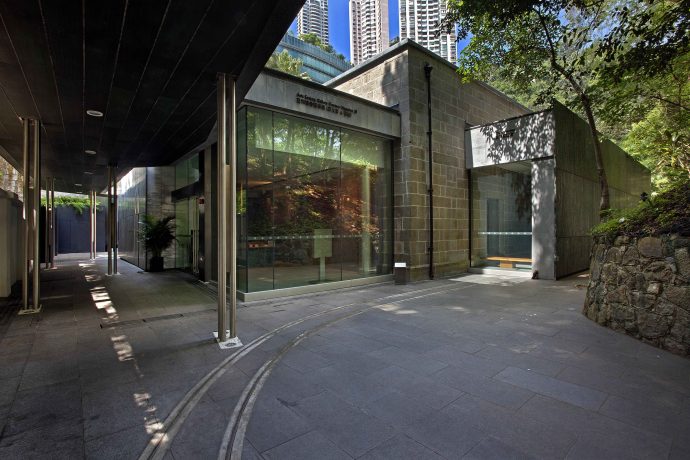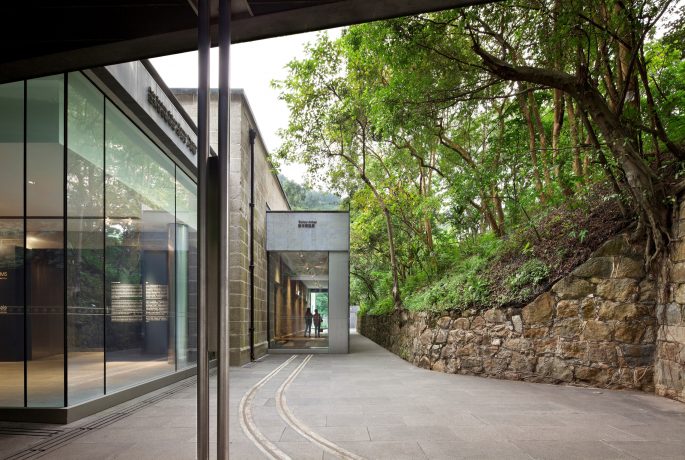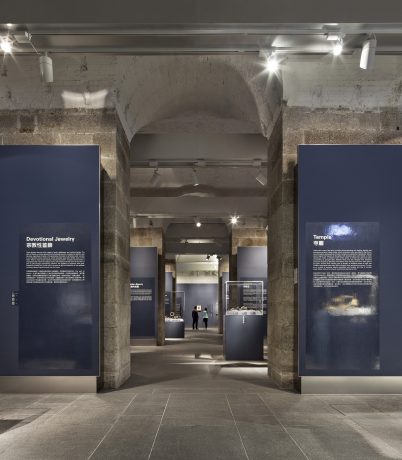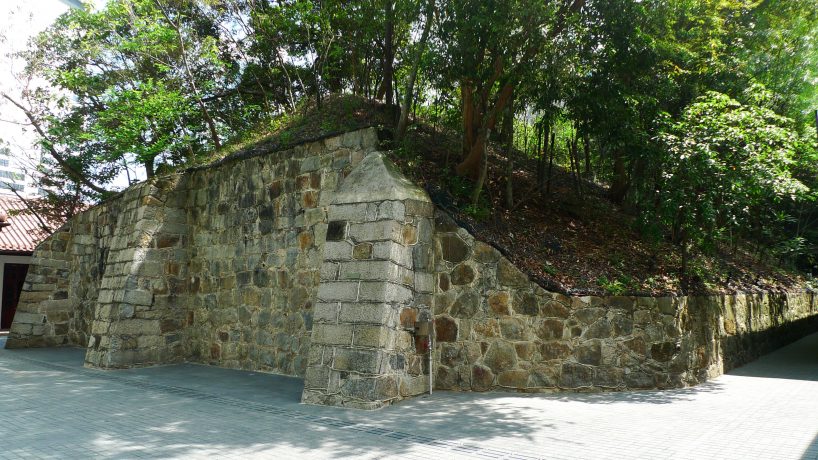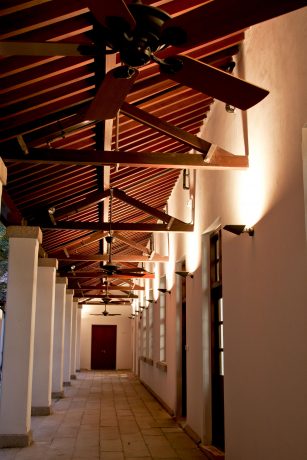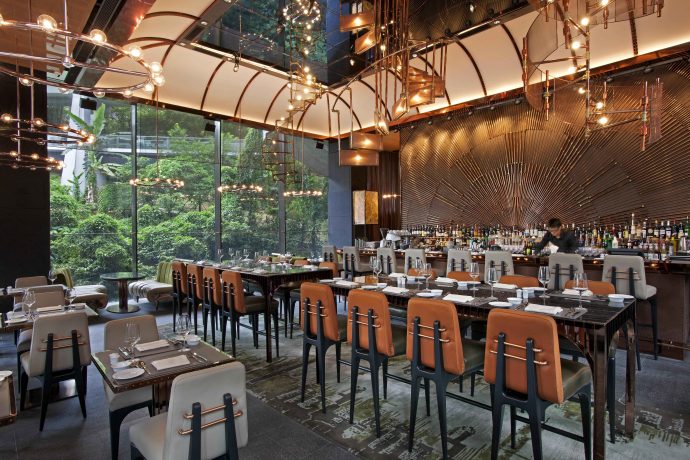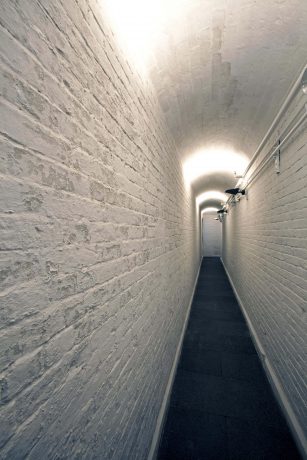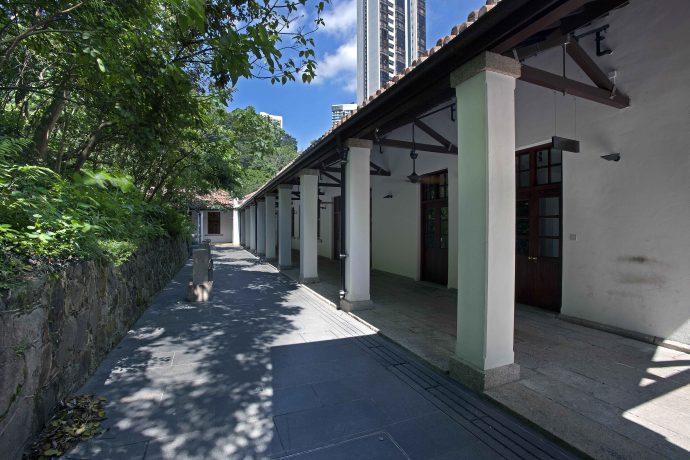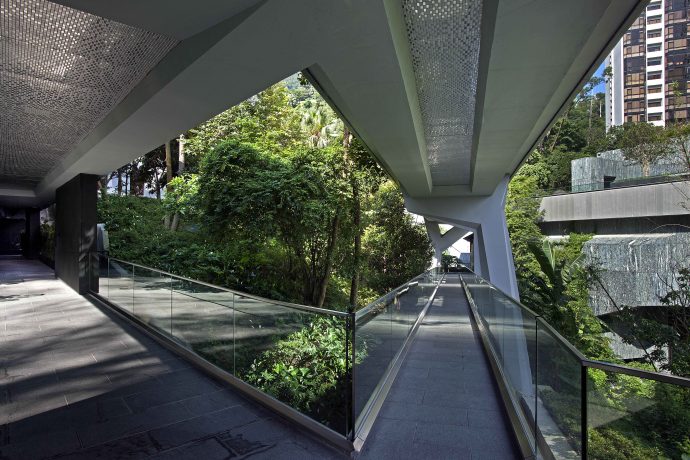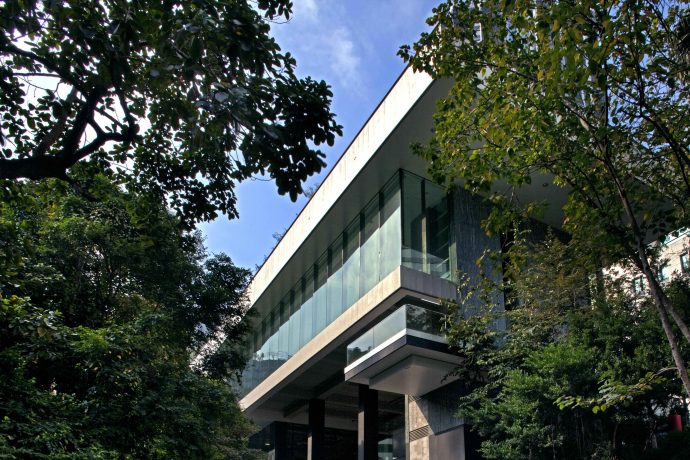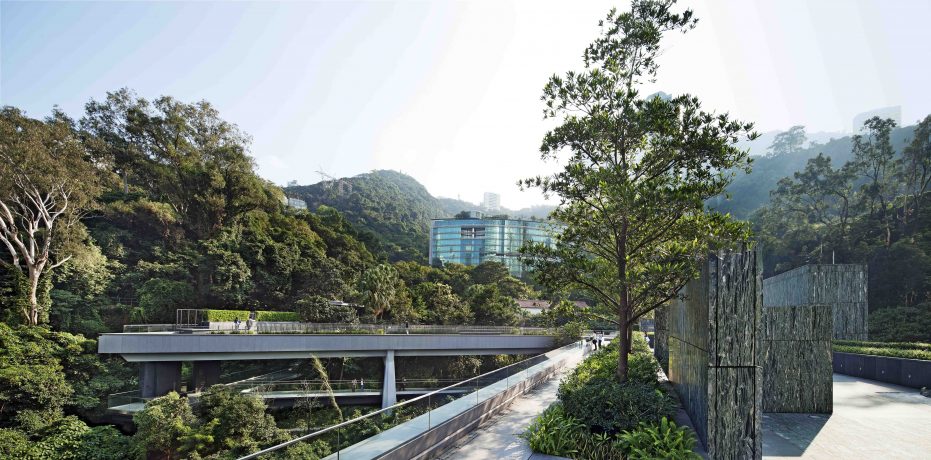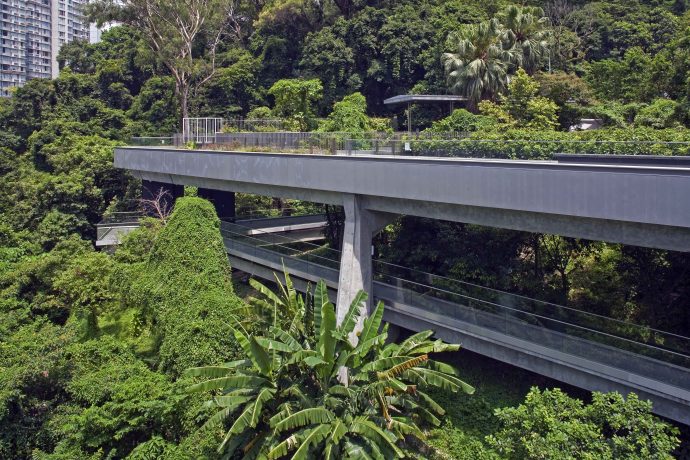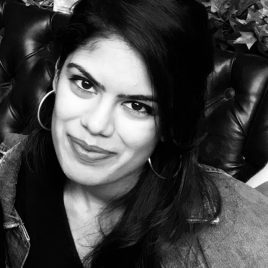A serene oasis nestled amidst a hectic urban environment, the Asia Society Hong Kong Center (ASHK) is an unexpected haven, offering visitors much needed visual and cultural respite. A locally funded, independent non-government organization, Asia Society HK was established in 1990 by a group of Hong Kong community leaders.
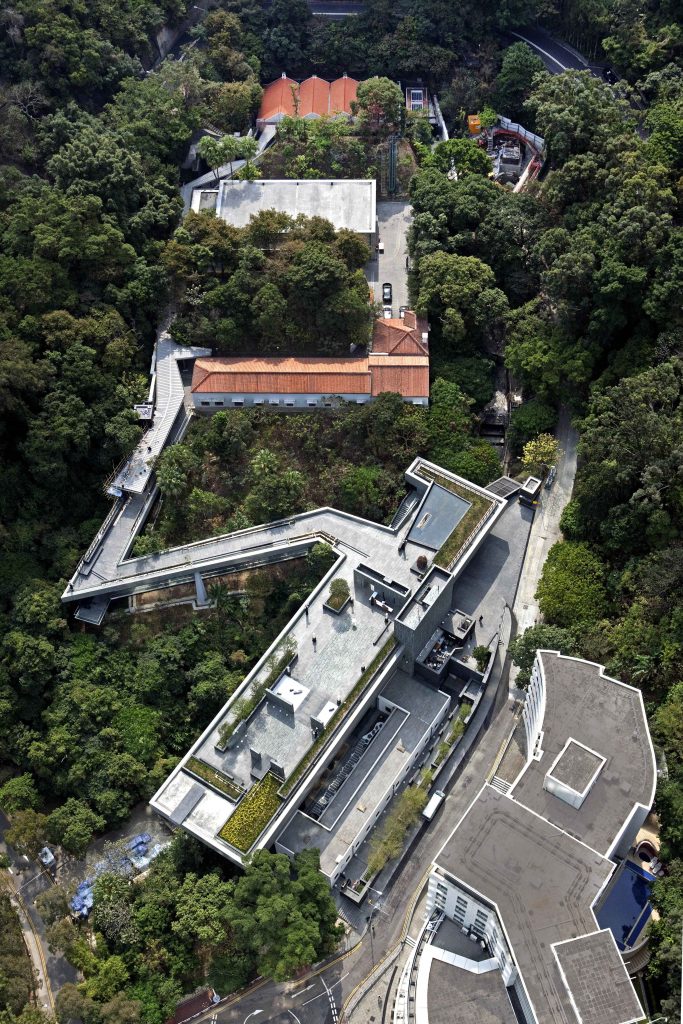
Affiliated with Asia Society in New York (founded in 1956 by John D. Rockefeller III), it aims to promote mutual understanding and to strengthen partnerships between Asia and the US in a global and local context. Prioritizing local engagement, ASHK holds a broad variety of programs in the form of lectures, performances, film screenings and exhibitions on the premises, in addition to frequently collaborating with other local cultural institutions.
Upon visiting, one is immediately struck by the accessibility of its location and seamless architectural cohesion with the neighboring natural beauty. Renovated and re-opened in 2012, the present sense of tranquility and calm created by the organic, minimalist aesthetic of the space betrays the more violent historical associations of the site.
Formerly the Explosives Magazine of the old Victoria Barracks, the British Army originally built this compound of four military buildings mid-19th century for the storage and production of explosives and ammunition. Eventually overtaken by the Royal Navy and later abandoned, it was only granted to the Asia Society by the Hong Kong Government in the 1990s.
The heritage of the site was taken into account during the major 2012 redesign initiative spear headed by internationally acclaimed architects Tod Williams and Billie Tsien, who transformed the site through their efforts of conservation, and adaptive re-use. While new functions were ascribed to the pre-existing structures, the preservation of the history amplifies the unique feel of the site, reflecting a city of contrasts. Nature and urbanity, ostentation and minimalism, and most noticeably the past and present are exposed through the fusion of new architectural additions, and retained elements of a bygone colonial era.
Walking in through the entrance is exemplary of this duality. A two-story pavilion composed of dark green stone, stuns with its simplicity and in visual cohesion with the natural landscape, leading through to a large gallery space. It is with much difficulty for one to imagine that this now transformed space, adorned with artworks, was once one of two original magazines (a 100 seat theatre occupies the other), used for ammunition storage. The visual remnants denoting this history include, red-tile roofs, teak doors, and masonry work.
Moving outdoors to further explore the site, inspired by traditional Chinese gardens, a series of walkways connect the main buildings to one another, taking visitors on a trail interspersed with foliage, waterbodies, and sculptures. These buildings include two historic structures, the Former Laboratory (used for mixing explosives) and the GG Block (used by the Special Investigation Branch of the Royal Military Police), which now serve as function rooms and administrative offices.
The conjoining pathways and exterior staircases also lead to the Joseph Lau and Josephine Lau Roof Garden, a secluded outdoor area which beholds panoramic views of the city as well as the surrounding lush forests. Perfectly supplementing the tranquil atmosphere is Zhang Huan’s sculpture Long Island Buddha.
Roaming through the site, we encounter a number of additional sculptures by contemporary artists, almost forming a unique mini-sculpture park. Pieces by Gu Wenda, Soheap Pich, Adrian Wong, Eddie Kang, Vaan Ip, Zhan Wang, are included. Most recognizable are the iconic works of Robert Indiana, which are at the center of their current exhibition: Love Long: Robert Indiana and Asia.
The seminal works of the legendary American artist are presented juxtaposed with those of eight Asian artists and collectives: Kutluğ Ataman, Candy Factory, Young-Hae Chang Heavy Industries, Chim↑Pom, He An, Hung Keung, Charwei Tsai, and Xu Bing. In examining the connection and influences of images and texts through a myriad of languages between the east and west, the exhibition achieves ASHK’s cross cultural ambitions.
Beyond museum worthy exhibitions, captivating architecture, and an acclaimed cultural program, one of the center's highlight features is AMMO, a restaurant and bar. Referencing the slang term for ammunition, the name also serves as an acronym for Asia, Modern, Museum, and Original – acknowledging the restaurants roots, identity, and distinctive heritage of the site. Tony Cheng is the chef and restaurateur behind AMMO, along with his mentor Roland Schuller, of Drawing Room fame. Blending seamlessly with the scenery and rest of the complex, the compelling glass architecture and notable spiral staircase illuminate the ambiance and dining experience. Ammo’s menu features Asian and Mediterranean dishes, reflective of the center's cultural goals.
With a diverse range of programs and activities including, lectures by eminent professionals in their respective fields, world-class exhibitions, workshops, film screenings and performances, ASHK provides numerous opportunities for cultural engagement to the local public. The mesmerizing architecture and strong connection to Hong Kong’s heritage makes it a worthwhile destination for those visiting from out of town, providing a peaceful (but easily reached) escape from the intense bustle of the city.
